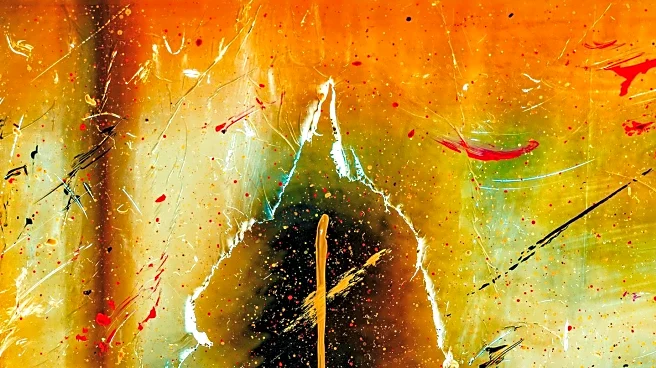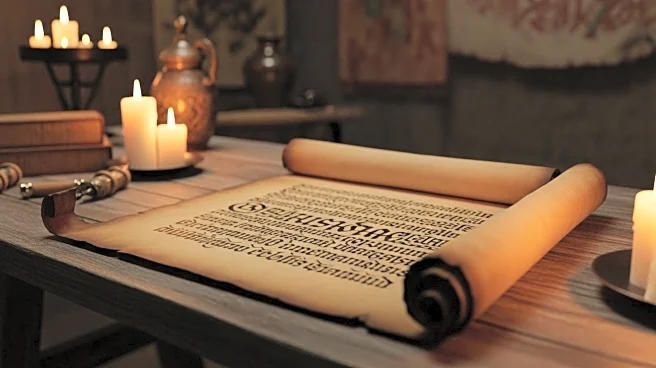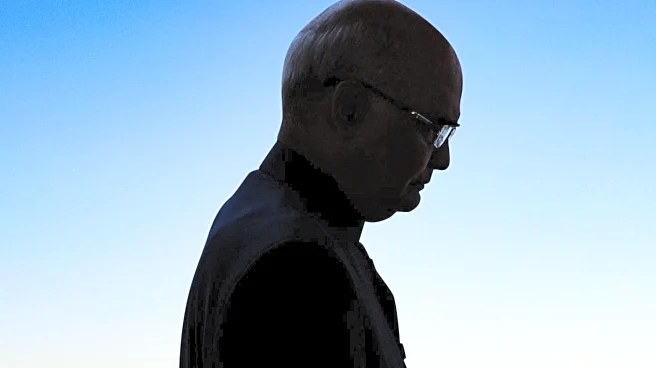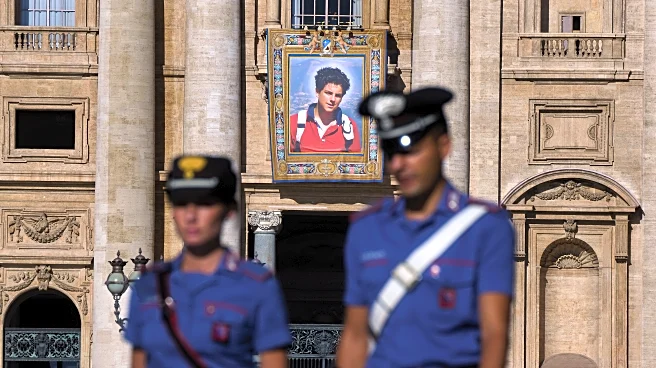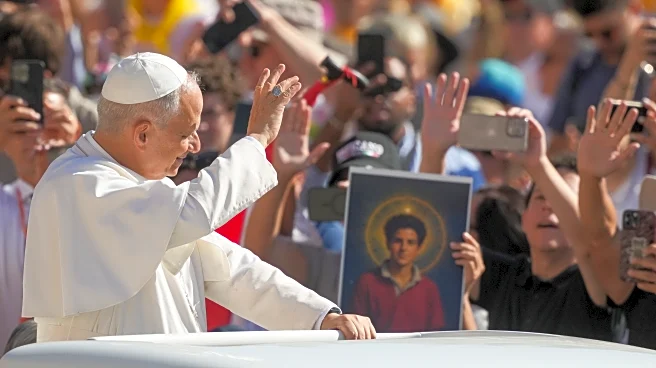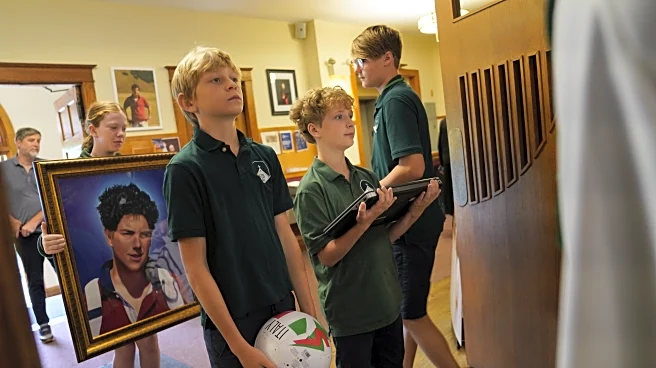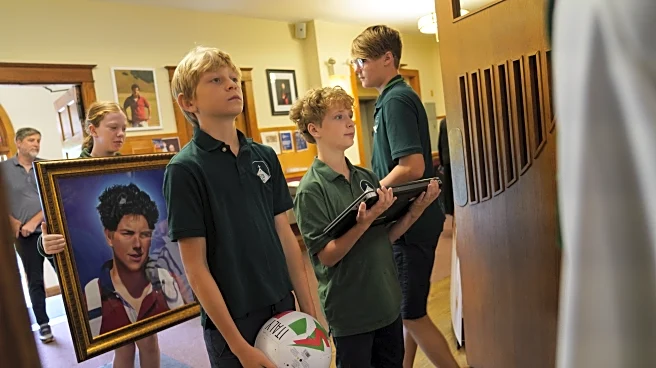What's Happening?
Researchers have discovered medieval texts from French philosopher Nicole Oresme, dating around 1370, that claim the Shroud of Turin was faked for church purposes. These findings, published in the Journal of Medieval History, suggest that skepticism about the Shroud's authenticity existed earlier than previously thought. Oresme's writings, known as 'Problemata,' were overlooked for centuries until recently examined by Nicolas Sarzeaud, a history researcher at the Catholic University Louvain. The Shroud, a linen cloth bearing an image of a crucified man, has long been debated as either a genuine relic or a medieval creation.
Why It's Important?
The discovery of Oresme's claims adds to the ongoing debate about the Shroud of Turin's authenticity. It provides historical context to the skepticism surrounding the relic, which some believe to be proof of Jesus Christ's resurrection. The findings challenge the narrative that the Shroud is a genuine artifact, supporting the view that it may have been created by an artist in the 14th century. This revelation could influence religious and historical perspectives on the Shroud, impacting how it is perceived and studied in the future.
What's Next?
Further research is needed to explore the implications of Oresme's claims and their impact on the Shroud's authenticity debate. Historians and scientists may conduct additional studies to verify the origins of the Shroud and its historical significance. The ongoing debate may lead to new scientific testing and analysis to determine the relic's true nature. As researchers continue to investigate, the Shroud of Turin remains a subject of fascination and controversy, with its mystery likely to persist.
Beyond the Headlines
The discovery highlights the role of historical texts in shaping our understanding of religious artifacts. It underscores the importance of examining historical claims and their influence on contemporary beliefs. The debate over the Shroud of Turin reflects broader discussions on faith, evidence, and the intersection of religion and science. It raises questions about the authenticity of religious relics and the motivations behind their creation and veneration.
